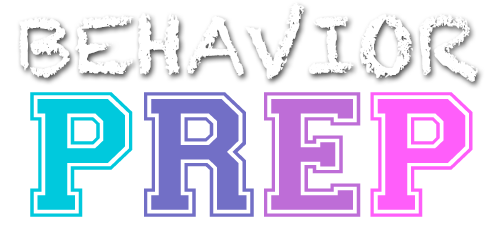B.22 Identify ways behavioral momentum can be used to understand response persistence
Behavioral Momentum and Response Persistence
Behavioral momentum is a concept that likens the persistence of behavior to the momentum of a moving object. It suggests that behaviors that are reinforced at a high rate are more likely to persist in the face of challenges or disruptions. Just as a heavy object in motion is harder to stop, behaviors with strong behavioral momentum are more resistant to extinction or interruption.
Example: A teacher consistently reinforces a student’s hand-raising behavior by providing immediate and frequent praise every time the student raises their hand during a lesson. Because of the high rate of reinforcement, the student’s hand-raising behavior gains momentum. Later, even when the teacher temporarily stops reinforcing the behavior, the student continues to raise their hand frequently. This persistence of behavior, even when reinforcement is reduced, illustrates the concept of behavioral momentum.
